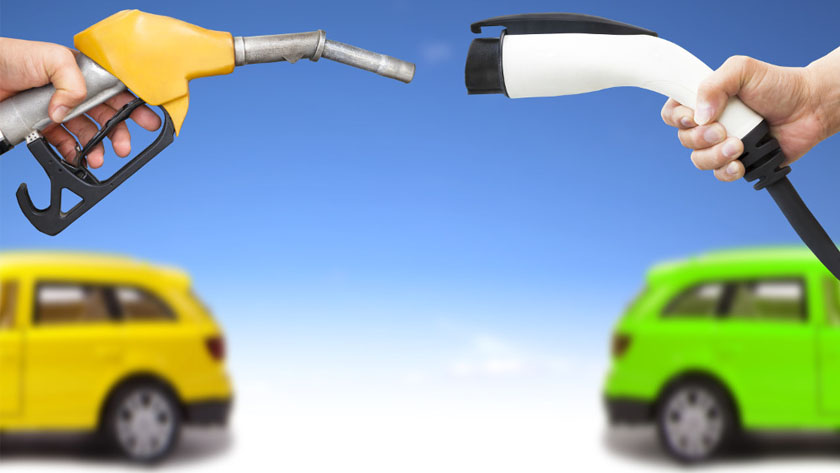Is the hybridization of the gasoline engine a threat to the petrolhead community?
A petrolhead is a mere classification for the ultimate car fanatic in the realm of tire smoke and octane fumes per se. Their world revolves around fast, capable and authentic machines that deliver an ooze of excitement and joy. The motivations behind these soulful moments are solely not due to the sheer performance capabilities of the car in question but are heavily related to the time of natural aspiration that seems to have diminished in the past decade or so. To the typical petrolhead, the very notion of an electric or hybrid powertrain in place of a traditional naturally aspirated one is in essence “witchcraft”. The fury of modern automobile journalists and polls is the literal embodiment of the opposing views on non-gasoline engines. In their views, the electric or hybrid counterpart can never really deliver the similar sensation through a higher, free-revving mechanical masterpiece coupled with a distinct rumble through the exhaust as the transformation into the said powertrain must sacrifice all this on the altar of global sustainability.
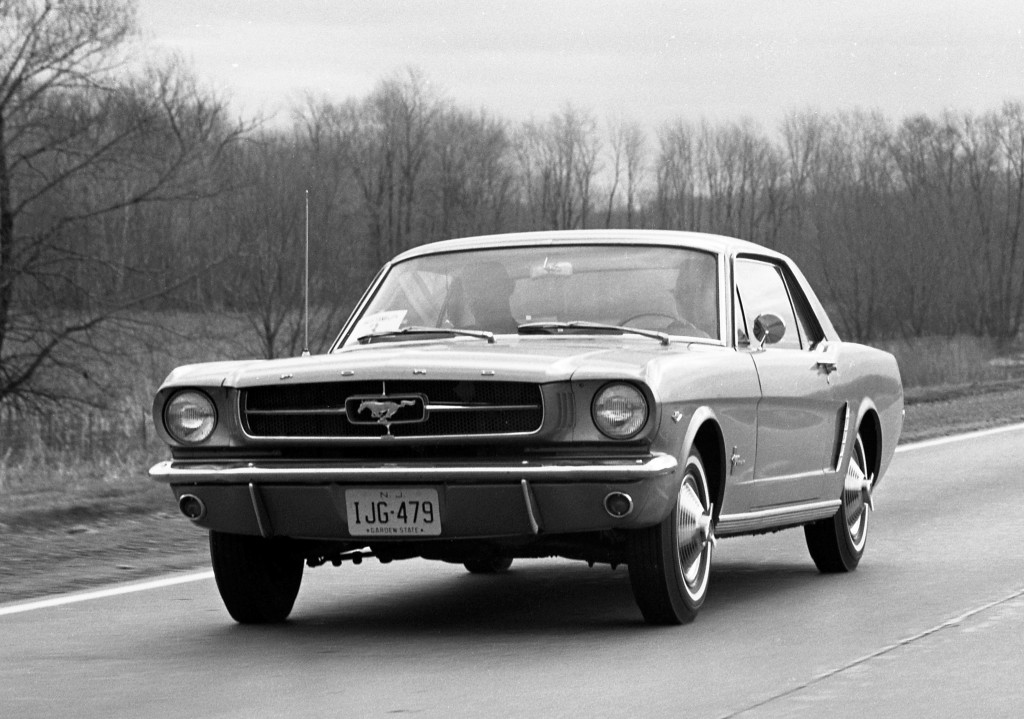
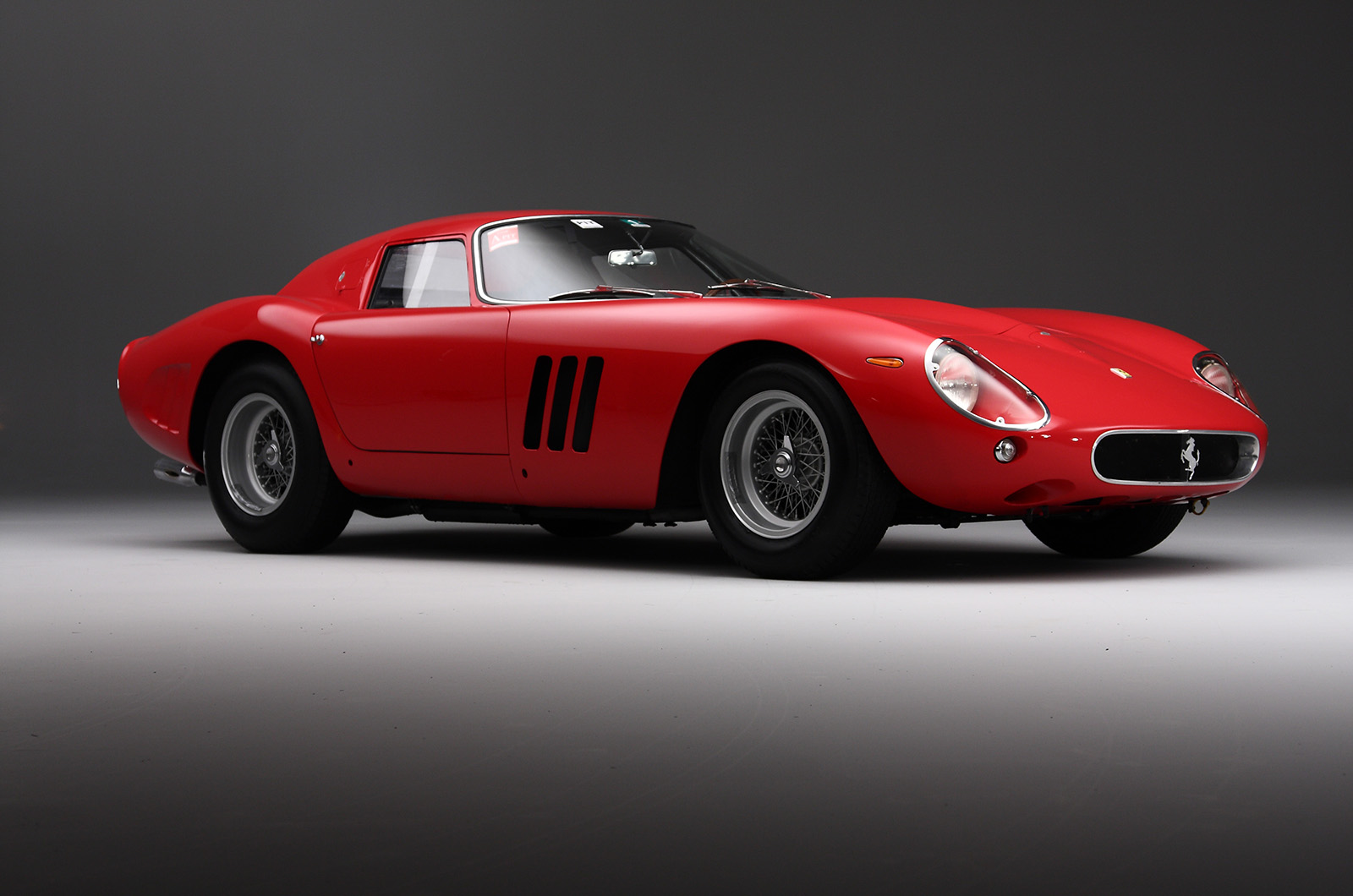
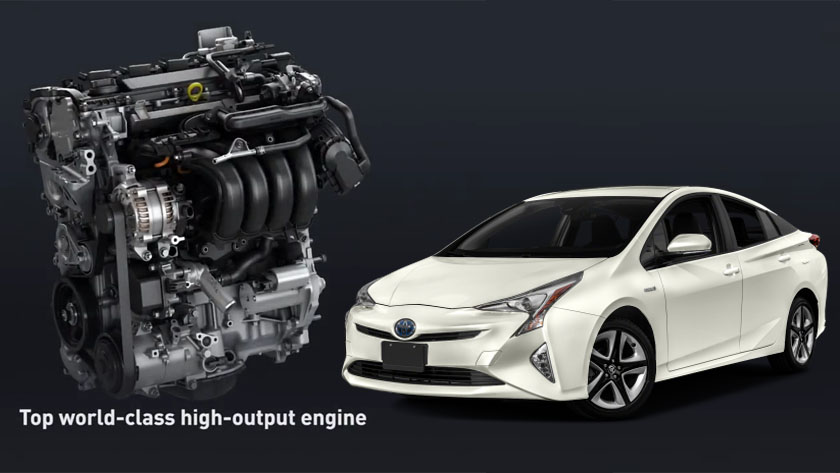
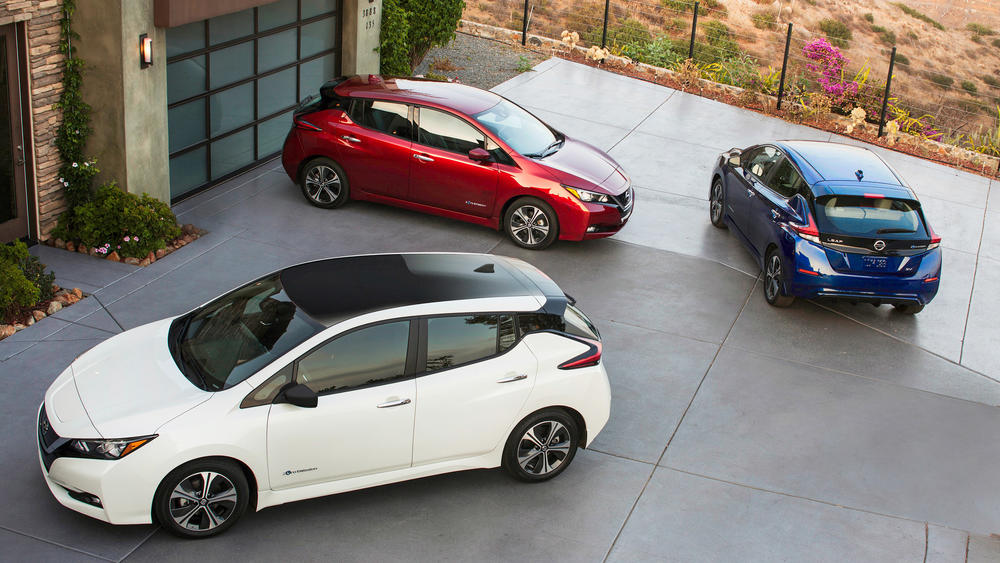
It, therefore, seems that modern-era cars have lost their “soul” which made car enthusiasts fall in love with the mechanical clicks and sonorous exhaust notes in the first place. Furthermore, the decline of the JDM products or the ricer build, as one ludicrously calls it, is evident and shifting to the contents of history books. Part of that is because Japanese pioneers of rally racing are moving away from their motorsport heritage with the immediate seizure of the production of the biggest rivals in history namely the Subaru WRX and Mitsubishi Lancer Evolution. Moreover, other manufacturers responsible for the most notable and breathtaking machines in the sub 90’s era namely Honda and Toyota have not been able to produce another legend like the NSX and 2JZ powered Supra. Although successors have been built, they have been in blunt terms “stripped” of their Japanese heritage as both successors have been outsourced with BMW providing the engine for the next generation Supra which is a Z4 underneath and the NSX becoming a product of the American division Acura rather than a purist from the Japanese hub. Lamborghini has also announced its plans for a transition to electric powertrains, though using a different approach through super-capacitors as demonstrated through the Terzo Millennio concept, which only signals that the iconic V12 bellow of the bulls will be forever muted. The question thus arises as to what is the impact of such developments in the years to come as total electrification and hybridization of cars is deemed necessary and inevitable by the EU policy makers committed to eliminating carbon emissions in their respective zones. Will the so-called community of car enthusiasts be shattered in the years to follow? Not necessarily as the benefits of innovation in the automobile sector outweigh the negatives and evolutionary developments of corporations such as Porsche and the German auto hubs as a whole with increased competition from new entrants such as Rimac and Tesla are exhibits of the attempts to preserve driving pleasure. In the current and arriving decade or so the world will not witness the death of the gasoline engines as the sheer bulk of demand will push this transition to at least 2040 keeping in view the electricity required for plug-in cars.
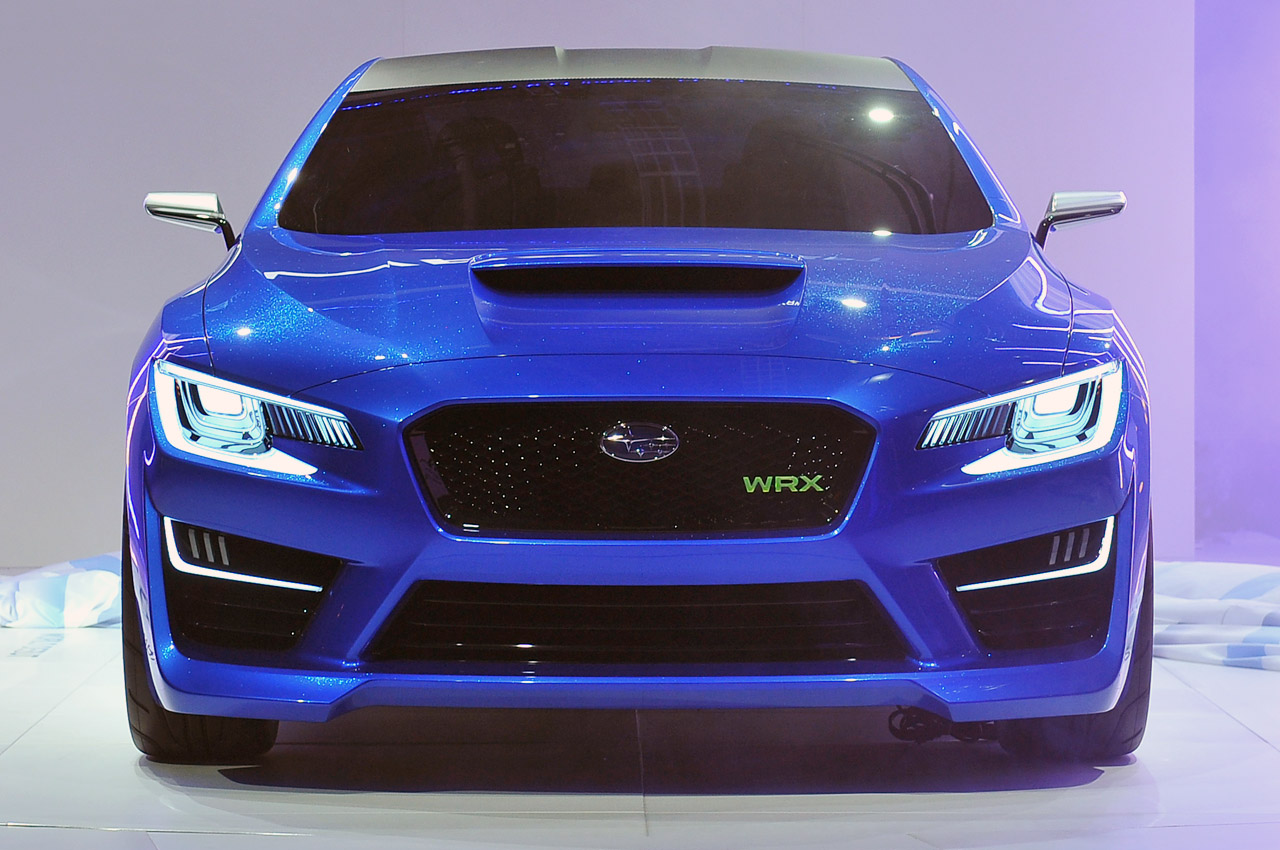
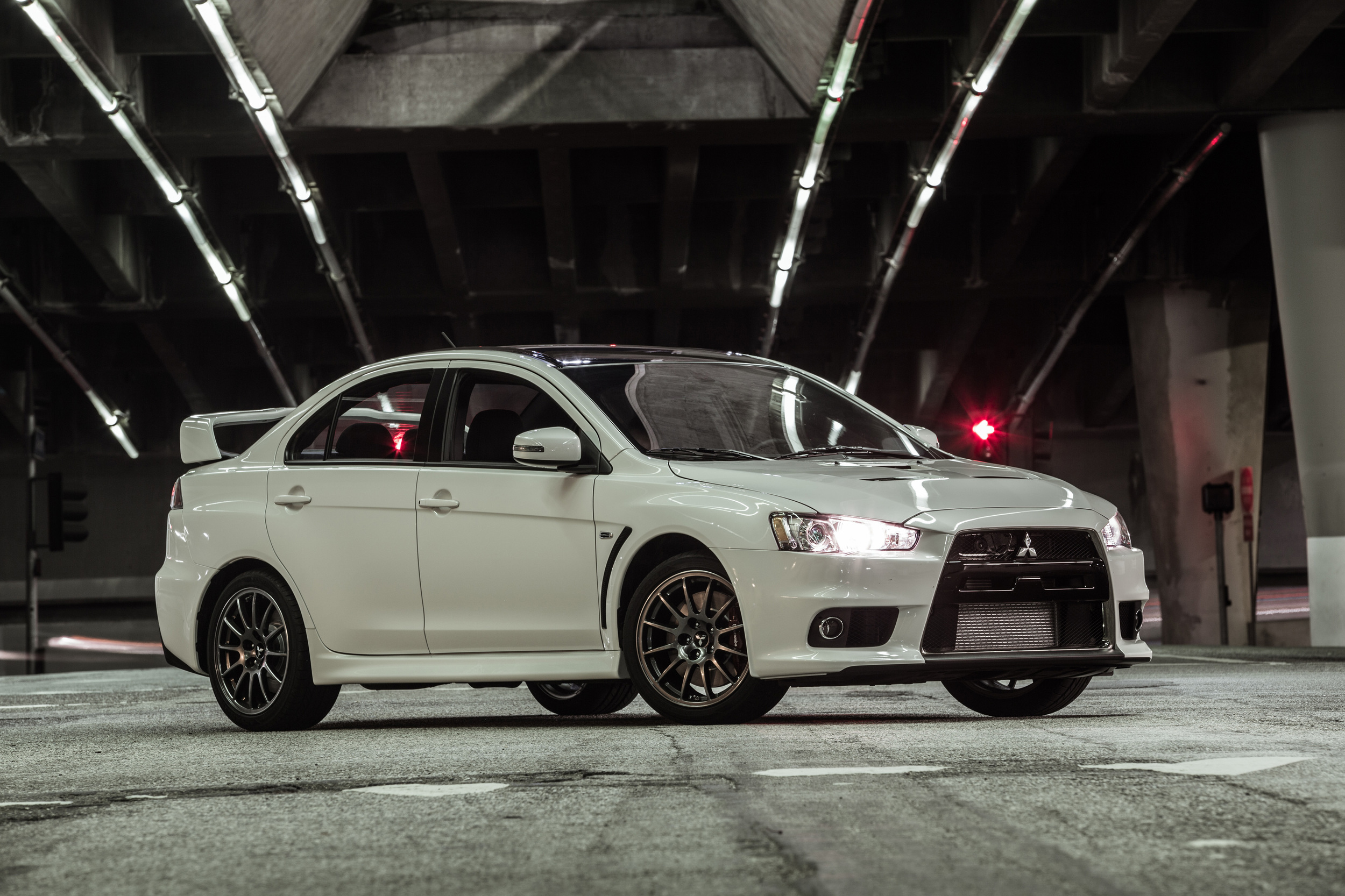
The German auto-giants have always been the dominant force when it comes to revolutionising built-in equipment and safety features within their respective models. The famous car presenter and columnist Jeremy Clarkson once mentioned that,
“If you want to see what sort of equipment your car will come within the future look at the current Mercedes S-Class!”
In the context of Mercedes, the introduction of the new inline six-cylinder engines with the rebadging of the AMG products to 53 has proved that attempts are being made to keep the motorsports DNA alive. The C, E and CLS 53 will house the same 48-Volt technologies already encountered in the refreshed version of the Audi A8 for a mild hybrid system. Audi also has ditched the monstrous 4.2-litre V8 in favour of a smaller, lighter 2.9-liter six-cylinder TFSI version in the newer RS4 and RS5. Moreover, Audi recently unveiled their concept for the future supercar lineup with the e-Tron Vision Gran Turismo that will eventually replace the current generation R8 as Audi plans to end future generations of the 5.2-liter legend. BMW already gave the world a glimpse of its vision for the future through the launch of the i8 in the start of the decade. All these attempts are driven to increase efficiency and dynamics with added pressure from the EU emissions regulators. The Porsche A.G group has been experimenting with mild hybrid and turbochargers in their sports line to preserve the essence of their motorsport heritage. The Cayenne and Panamera models have been given the Turbo S e-hybrid treatment forcing them to pump out blistering torque and horsepower figures enough to obliterate the analogue supercars of the past decade in a sprint to 60 mph. Downsizing the iconic flat-six engine from 4.0-liter to 3.0 in the current low range Carrera models as well as giving the new Boxster a 2.0 turbocharged unit signalled disappointment for some purists and never really caught their attention but the dialling up of the GT3 and GT3RS models diverted them from the other lineups. Moreover, Porsche has developed prototypes for the duly-awaited Mission-E concept that is yet to roll off the production floor in late 2019. The Mission-E promises to combine sheer acceleration (3.5 secs to 60 to be exact) and to drive dynamics as well as be extremely efficient as certified by Le-Mans champion and professional race-car driver Mark Webber.
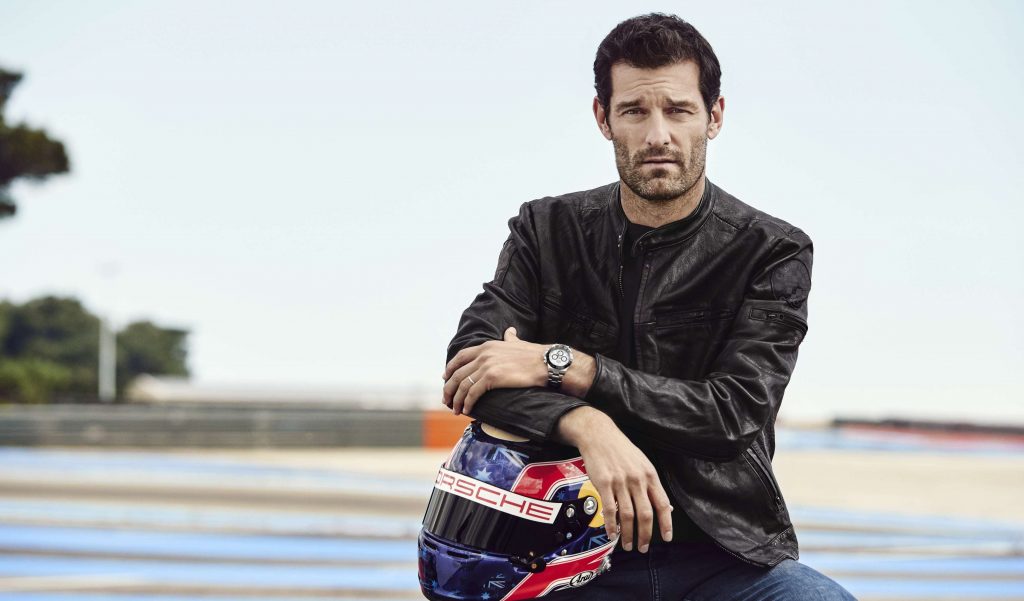
The increase in market share of Tesla in recent years has propelled almost every automobile manufacturer to introduce a hybrid variant. Ford has planned to introduce a hybrid variant of the monstrous F-150 pickup truck not only in the hopes of achieving lower carbon statistics but mainly because Tesla’s increased activity is a threat to Ford’s future. The electric motors at play, replace a conventional transmission and engine linkup, end up giving a car a clinical feel, but the mindboggling acceleration of the Tesla P series and other electric performance cars reminds the world that the drama and connection have been replaced with colossal speed and acceleration. As the middle and lower sectors undergo the electric treatment, the Hypercar segment also strives for a complete electric revolution. A Croatian company Rimac shook the hypercar royalty with the introduction of the concept one which although ended up in flames during Richard Hammond’s tests proved that the future inevitably would have room for only electric powertrains if brutal speed and acceleration is the vision for car manufacturers.
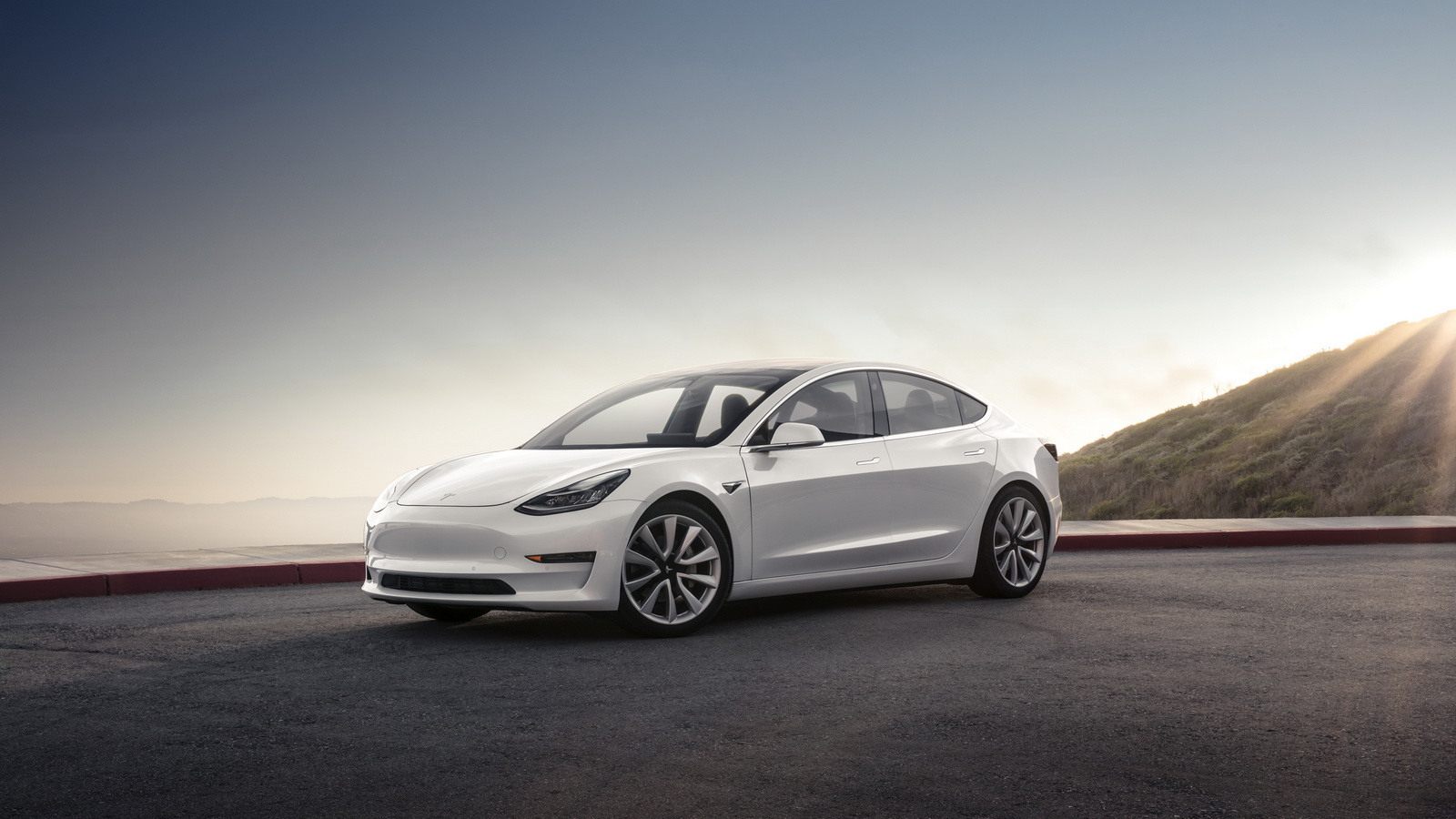
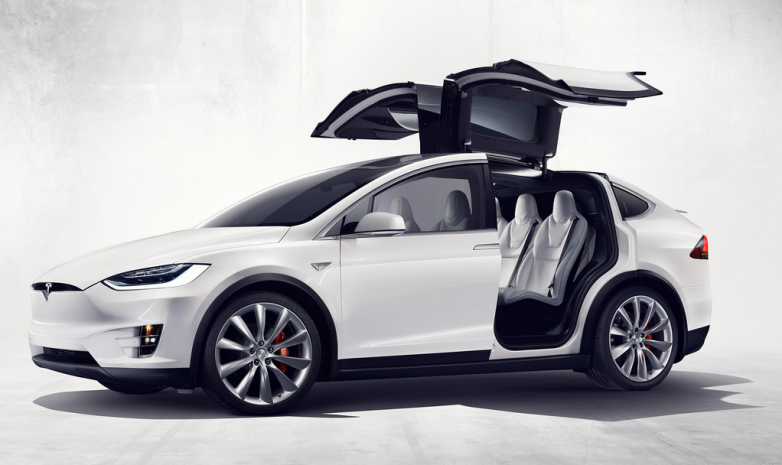
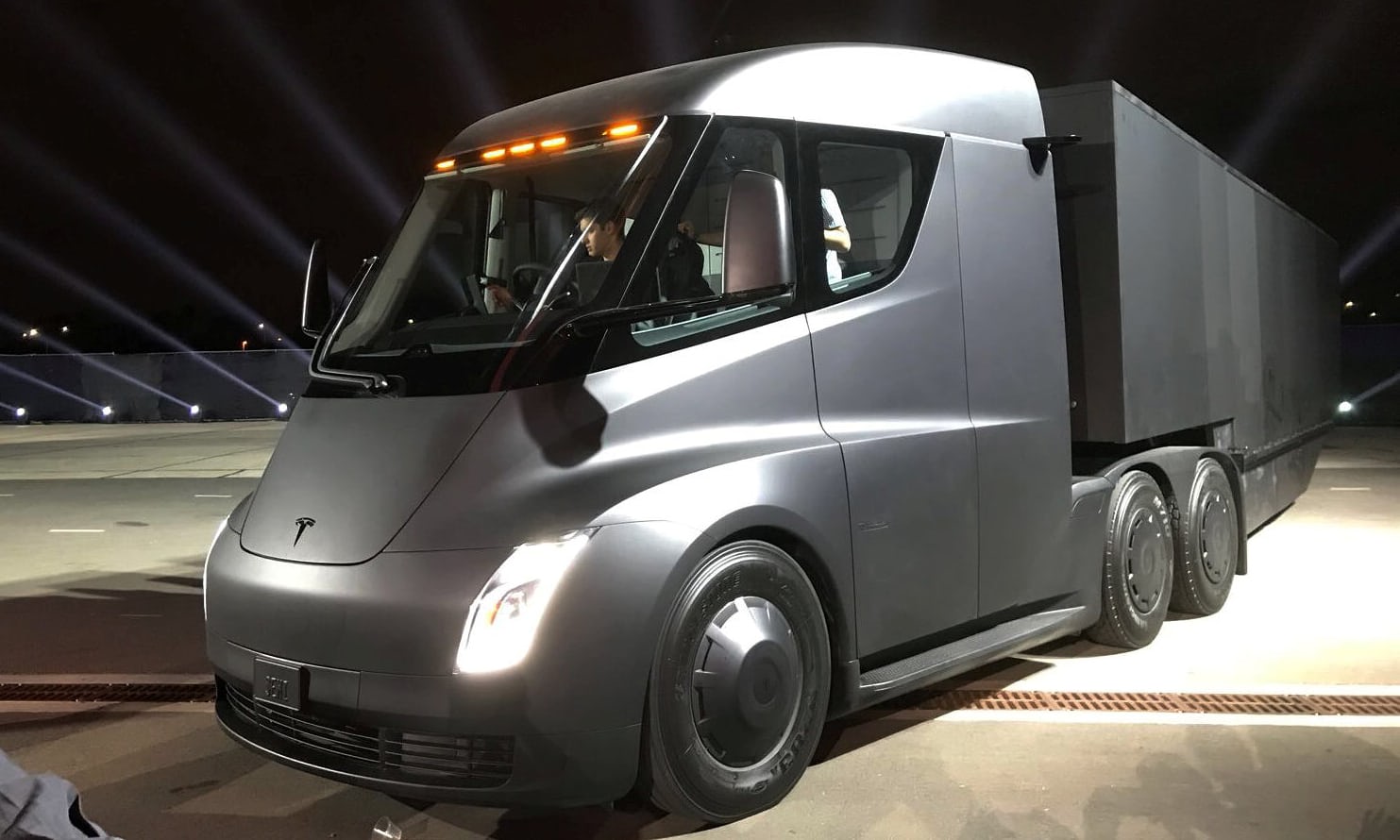
Thus so far the picture of an electric future seems rosy with increased performance and efficiency gains however the tradeoffs leading to an electrically powered future tell the bitter truth. To achieve this electric revolution, there has to be considerable power generation and supercharging stations to fulfil the domestic demands of the public. Considering that power can be generated through different sources now it would insinuate that demand schedules can be met, but it is imperative to acknowledge that the significant contribution of electric power is through fossilised sources that in the long run cause more harm to the atmosphere. Moreover, the electric powered car, due to its Lithium-ion battery packs and complicated electronics, stretches the average consumer’s budget whereas the petrol powered sister with the similar performance costs about half of its sticker price. The average thrill-seeking sports car in the United States like the Dodge Challenger and Chevrolet Camaro start from under 40000 dollars whereas the equally capable version of the Tesla series like the Tesla Model 3 starts from over 78000 dollars, as much as a BMW M3. Although promises have been made to guarantee the similar performance statistics the price tag itself is enough to put middle segment consumers in a constrained situation. The smiles per gallon factor, thus, raises suspicion for the modern consumer as torque monsters like the Mustang and Camaro offer much more thrill for each dollar spent. However, Tesla has addressed the issue of sky-high prices of its line up by committing to the public that an increase in demand will likely lead to lower prices with the passage of time as the cost of electric batteries has rapidly decreased and is at an all-time low of 227 dollars per kWh from 1000 dollars. Also, corporations such as Tesla are adamant that supercharger networks will flourish with greater production of its vehicles and competition from other companies such as Electrify America signifies a boom in the network. However, it will take considerable time and resources to give rise to this immense global transition.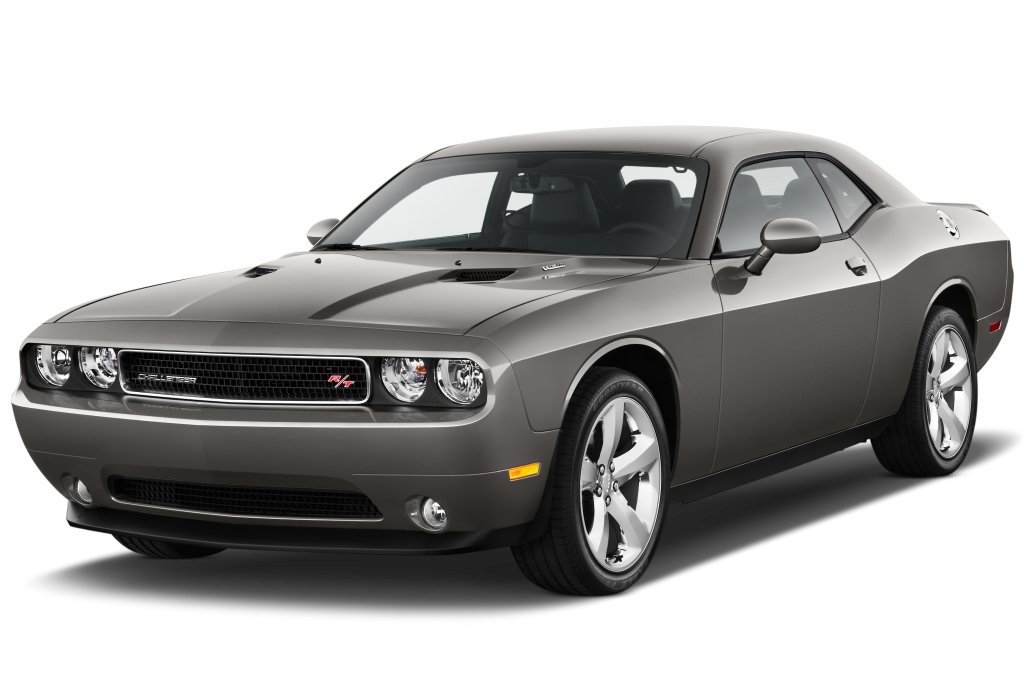
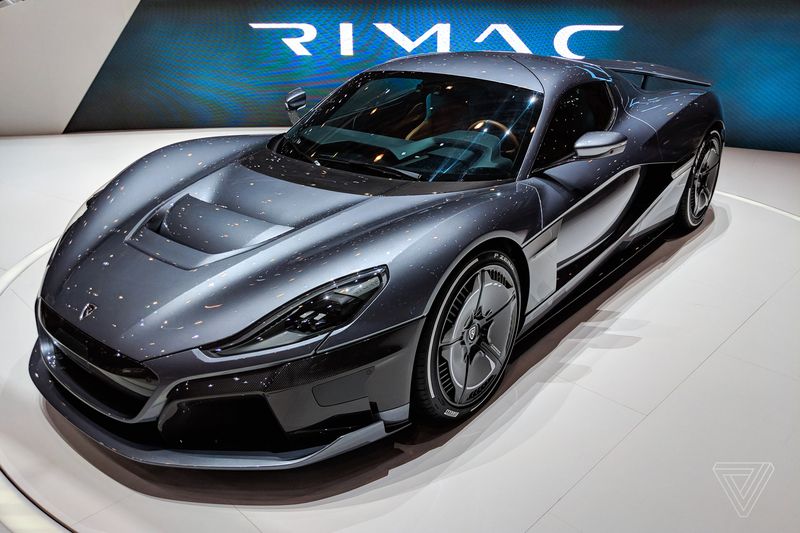
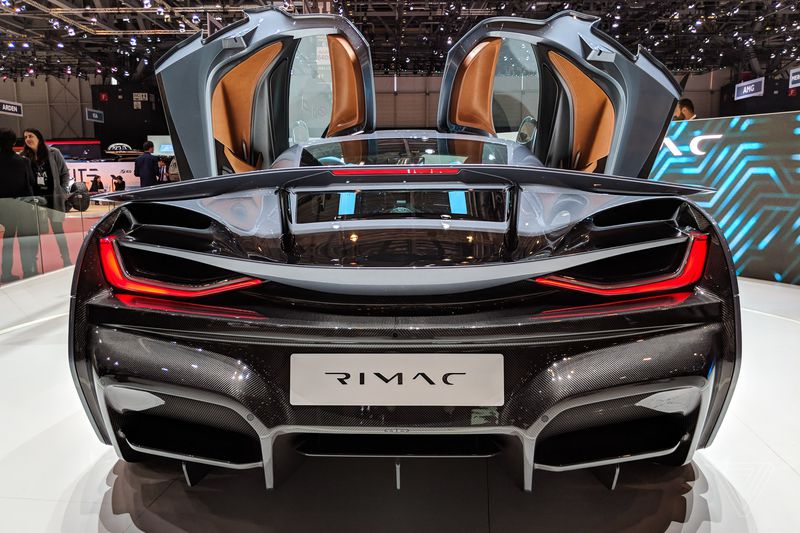
All things considered the foundation of the term ‘petrol head’ was built on the soulful connection with the machine. To take a part of that away will surely disturb avid enthusiasts but with time evolution is necessary, considering the global warming conundrum, and advances in the field of automotive engineering ensure the world that motorsport blood will continue to flow through future products.

